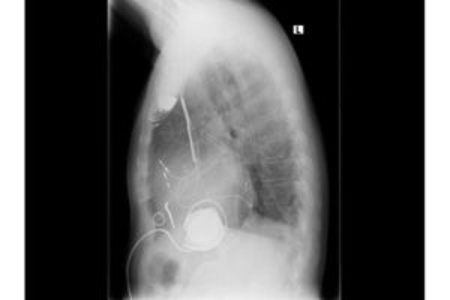Many people, young and old, have used a medical device to improve their health and well-being. As one might expect, there has been an acceleration in the development of new medical devices in the last twenty-five years. Along with basic clinical and biomedical research, bioengineering research has substantially contributed to the knowledge base underlying the development of medical devices.
The life expectancy of Americans has increased from 68 in 1950 to 79 in 2013. In 2017, about 15.6 percent of the U.S. population was 65 or older. This is expected to rise to 20.6% by 2030, which is an increase of 33%. With this aging of baby boomers, the number of Americans ages 65 and older requiring medical devices should also rise accordingly.
Regardless of state-of-the-art technology, mistakes still occur in the design, manufacture, and marketing of medical implements. As a result, there are unfortunate instances where these devices may cause injury and form the basis for a claim based on product liability. Some medical devices that have been the source of product liability litigation in recent years include:
- contraceptive devices (examples include cervical caps, contraceptive implants, and intrauterine devices (IUD);
- defibrillators (electronic devices implanted in the heart that generate electric shocks to maintain the normal rhythm of the heart);
- implants (synthetic devices implanted to restore function to a disabled body part); and
- stents (tubes inserted into an artery to prevent blockage).
According to the Food and Drug Administration (FDA), a medical device is an instrument, apparatus, implement, machine, contrivance, implant, in vitro reagent, or other similar or related article, including a component part or accessory which is:
- recognized in the official National Formulary, or the United States Pharmacopoeia, or any supplement to them;
- intended for use in the diagnosis of disease or other conditions, or in the cure, mitigation, treatment, or prevention of disease, in man or other animals, or
- intended to affect the structure or any function of the body of man or other animals, and which does not achieve any of its primary intended purposes through chemical action within or on the body of man or other animals and which is not dependent upon being metabolized for the achievement of any of its primary intended purposes.
Product liability claims resulting from defective medical devices are based on one of the following theories:
- defective manufacture,
- defective design (even though properly manufactured), or
- defective marketing.
As to liability for a defective medical device, plaintiffs must consider every party involved in the medical device’s chain of distribution, i.e., the path the medical device took from the manufacturer to the consumer. Potential defendants of a product liability claim based on a defective medical device include the following:
- Manufacturer
- Retailer
- Sales Representative
- Physician
- Health Care Facility
- Testing Laboratory

